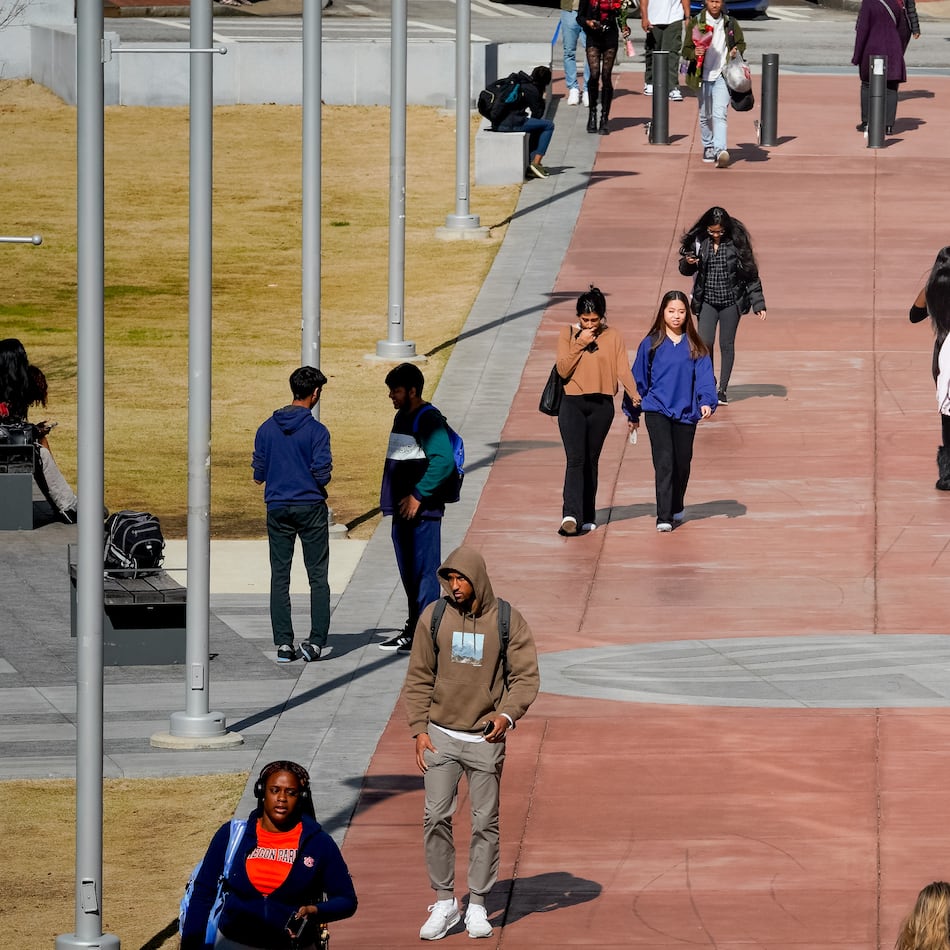The national unemployment rate has hit double digits for the first time since 1983, and it's expected to climb further into next year as companies remain reluctant to hire.
The rate jumped from 9.8 percent to 10.2 percent as payrolls shed 190,000 jobs during October, the Bureau of Labor Statistics said on Friday. Nearly 16 million people were looking for work.
Payrolls have already hemorrhaged 7.3 million jobs since late 2007, the longest stretch of job loss in at least 70 years, according to the BLS.
Although the economy started growing again in late summer, the swelling number of jobseekers shows how slowly it is slouching toward recovery. Even the so-called "jobless recovery" could be undermined if rising unemployment saps consumer confidence and spending as the holiday season approaches.
The jobless rate does not include anyone who has gone back to school, taken part-time work or simply stopped looking for a job.
For instance, it doesn’t count Larry Bost, 63, of East Marietta.
Bost lost a high-tech job with Hewlett-Packard in 2000. He found work with Home Depot, making about one-third his former salary, then got a job as a maintenance engineer for a local church. That job too did not pay well. He left it in May and has been volunteering and doing some odd jobs.
“If there were jobs, I’d still be working. But my story is not unique. It’s typical,” Bost said.
Metro Atlanta, where the jobless rate has been above 10 percent for several months, has shed 244,859 jobs since 2007. The intensity of the recession has pushed many local residents to look elsewhere.
David Payne, 30, of Sandy Springs, was laid off by a local public relations firm in August. He has applied to about 40 companies since, he said, in a call from a suburb of Tampa. Besides Florida, his search is spotlighting Chicago, Boston and New York, he said.
“I am young. I am single. At this point, I figure I will just go where the job is. I am hoping that within four months I have a good, solid lead.”
In Friday's report, manufacturing lost 61,000 jobs, while retail lost 39,800. Construction employment fell by 62,000. State and local governments shed 16,000 jobs – although the federal government added about as many.
More than one-third of jobseekers – about 5.6 million of them – have been out of work for more than 26 weeks. That's the highest proportion in at least six decades, said the BLS.
The jobless rate for Americans with a college education has climbed to 9 percent, a sign the recession spread far beyond the usual blue-collar victims, according to Dean Baker, co-director of the Center for Economic and Policy Research. Meanwhile, more than 9.3 million workers want full-time work but can only find a part-time paycheck.
Still, some businesses are hiring.
Connectivity Wireless Solutions in Duluth has gone from four employees to 55 since being founded in mid-2008, said Blake Maffei, chief operating officer.
The company, which installs wireless systems in buildings, continues adding people – mostly technicians making between $27,000 and $40,000 a year, he said. “We are growing fast.”
Fueling that growth: the use of wireless devices in elevators, subways, at desks and elsewhere.
And the BLS report included a few bright spots. Education and healthcare continued to add jobs – about 45,000 of them. About 33,700 temporary workers were added, a sign that can mean companies are optimistic but not ready to commit.
Florida-based Administaff, which has four offices in and around Atlanta, has about 30 employees here, up modestly in the past year, area manager Rob Kimmel said.
“Businesses are still concerned but there is a general feeling that things are getting better,” he said.
Typically, optimism must be backed by growing profits before many companies commit to larger payrolls. That means the economy can grow significantly before the job market improves.
After the milder 2001 recession, for instance, the economy did not add jobs until mid-2003. Job growth after the recession of 1990-91 also was weak at first.
"You need explosive growth to take the unemployment rate down," Dan Greenhaus, chief economic strategist for New York-based Miller Tabak & Co. told the Associated Press.
Congress this week sought to soften the impact of long-term unemployment, approving legislation that extends jobless benefits up to 20 weeks. The bill is meant to keep 2 million recipients from running out of unemployment insurance during the holiday season.
-- The Associated Press contributed to this article.
About the Author
Keep Reading
The Latest
Featured


